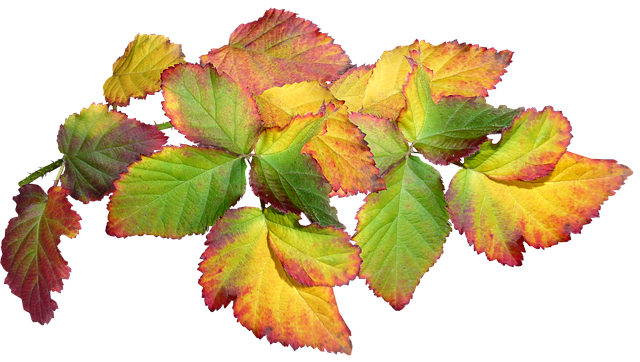How to grow Loganberries
The loganberry is a fruit that is a cross between a raspberry and a blackberry

In this article:
- Introduction to Loganberries
- Choosing the Right Location
- Preparing the Soil for Loganberries
- Planting Loganberry Bushes
- Watering and Fertilizing Tips
- Pruning and Training Loganberries
- Dealing with Pests and Diseases
- Harvesting Loganberries
- Storing and Preserving Loganberries
- Recipes and Uses for Loganberries
- Frequently Asked Questions about Loganberries
- Conclusion: Final Tips for Successful Loganberry Cultivation
Introduction to Loganberries
The loganberry is a fruit that is a cross between a raspberry and a blackberry. It is known for its deep red color, delicious flavor, and high nutritional value. Loganberries are relatively easy to grow, making them a popular choice among home gardeners.
Choosing the Right Location
Loganberries thrive in full sunlight, so it is important to choose a location that receives at least six to eight hours of direct sunlight per day. The soil should be well-draining, as loganberries do not tolerate standing water.
Preparing the Soil for Loganberries
Prior to planting, it is crucial to prepare the soil properly to provide the best growing conditions for loganberries. Start by removing any weeds or grass from the planting area. Loosen the soil by tilling to a depth of 12 inches, and add organic matter such as compost or well-rotted manure to improve soil fertility and drainage.
Planting Loganberry Bushes
Loganberries are typically planted in the early spring when the soil is workable. Dig a hole that is large enough to accommodate the root system of the plant. Place the loganberry bush in the hole and backfill with soil, firming it gently around the base of the plant. Water thoroughly after planting to help the roots establish.
Watering and Fertilizing Tips
Loganberries require regular watering, especially during dry periods. Provide enough water to keep the soil moist, but not waterlogged. Mulching around the plants can help retain soil moisture and suppress weed growth. Additionally, apply a balanced fruit tree fertilizer once in the spring and again in the summer to promote healthy growth and fruit production.
Pruning and Training Loganberries
Pruning is important for loganberries to maintain their shape, promote better air circulation, and encourage optimal fruiting. Prune in late winter or early spring before new growth begins. Remove any dead or diseased canes, as well as any weak or overcrowded ones. Train the remaining canes along a trellis or support system to keep them upright and make harvesting easier.
Dealing with Pests and Diseases
Common pests that can affect loganberries include aphids, spider mites, and fruit flies. Regularly inspect the plants for signs of these pests and take appropriate measures, such as introducing beneficial insects or using organic pest control methods. Diseases like powdery mildew and cane blight can also affect loganberries. Regularly check the plants for signs of disease and promptly treat them with appropriate fungicides or other treatments.
Harvesting Loganberries
Loganberries are ready for harvest when they turn deep red and easily detach from the plant. Gently pick the ripe berries, taking care not to crush them. Harvest regularly as the berries ripen to ensure a continuous supply throughout the fruiting season.
Storing and Preserving Loganberries
Loganberries are highly perishable and best eaten fresh. If you have more loganberries than you can consume immediately, they can be stored in the refrigerator for a few days. To preserve loganberries for longer periods, consider freezing them or turning them into jams, jellies, or fruit preserves.
Recipes and Uses for Loganberries
Loganberries can be enjoyed in various ways. They can be eaten fresh, added to fruit salads, turned into pies, used in jams and jellies, or even transformed into refreshing beverages. The tangy and slightly sweet flavor of loganberries makes them a versatile ingredient in the kitchen.
Frequently Asked Questions about Loganberries
Q: How long does it take for loganberries to ripen?
A: Loganberries typically take 4-6 weeks to ripen after flowering.
Q: Can loganberries be grown in containers?
A: Yes, loganberries can be grown in large containers or pots as long as they have enough space for root development.
Conclusion: Final Tips for Successful Loganberry Cultivation
Growing loganberries can be a rewarding experience for any gardener. With proper care, you can enjoy a bountiful harvest of these delicious and nutritious berries. Remember to choose the right location, prepare the soil adequately, provide proper care and maintenance, and you will be well on your way to growing your own loganberries successfully.
